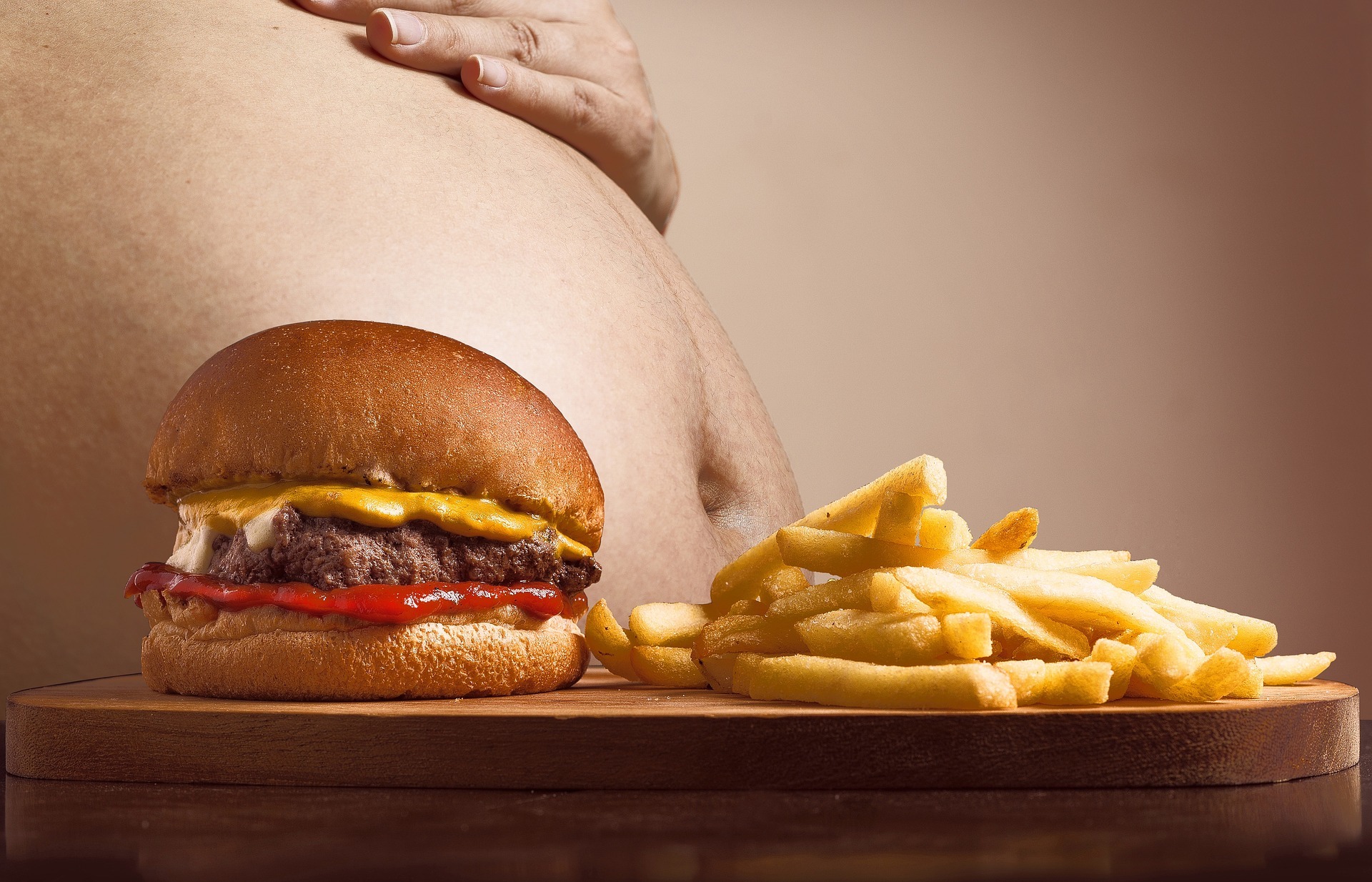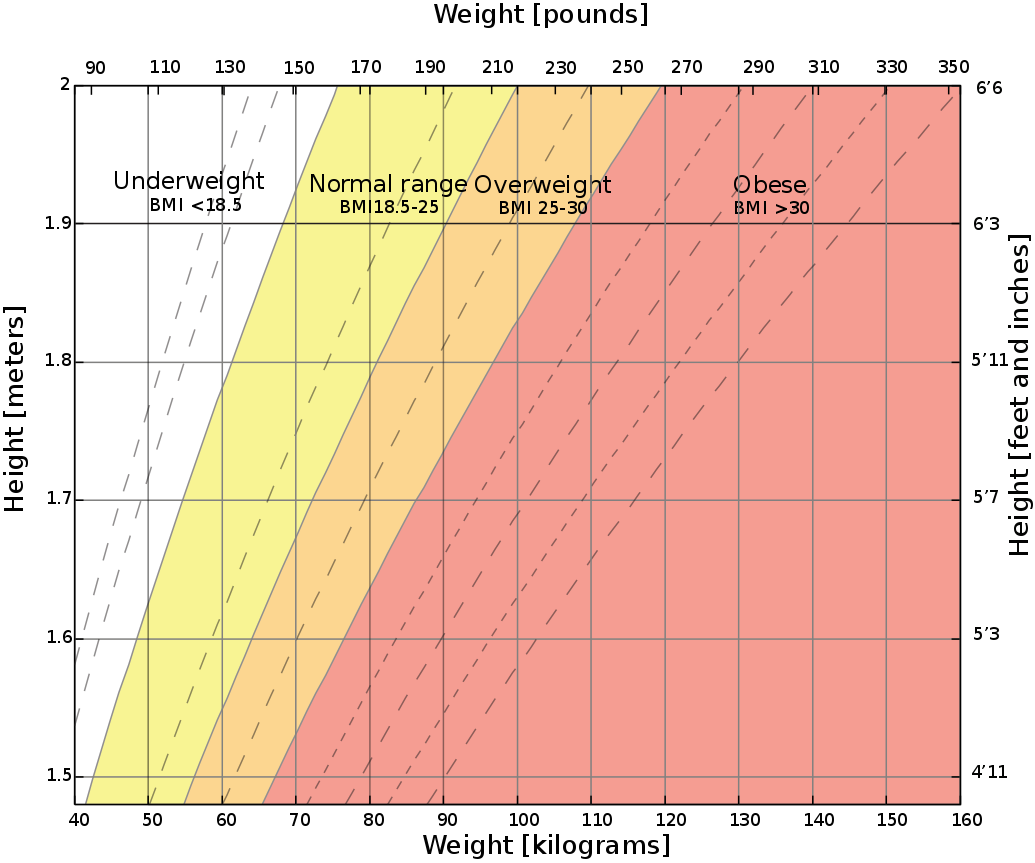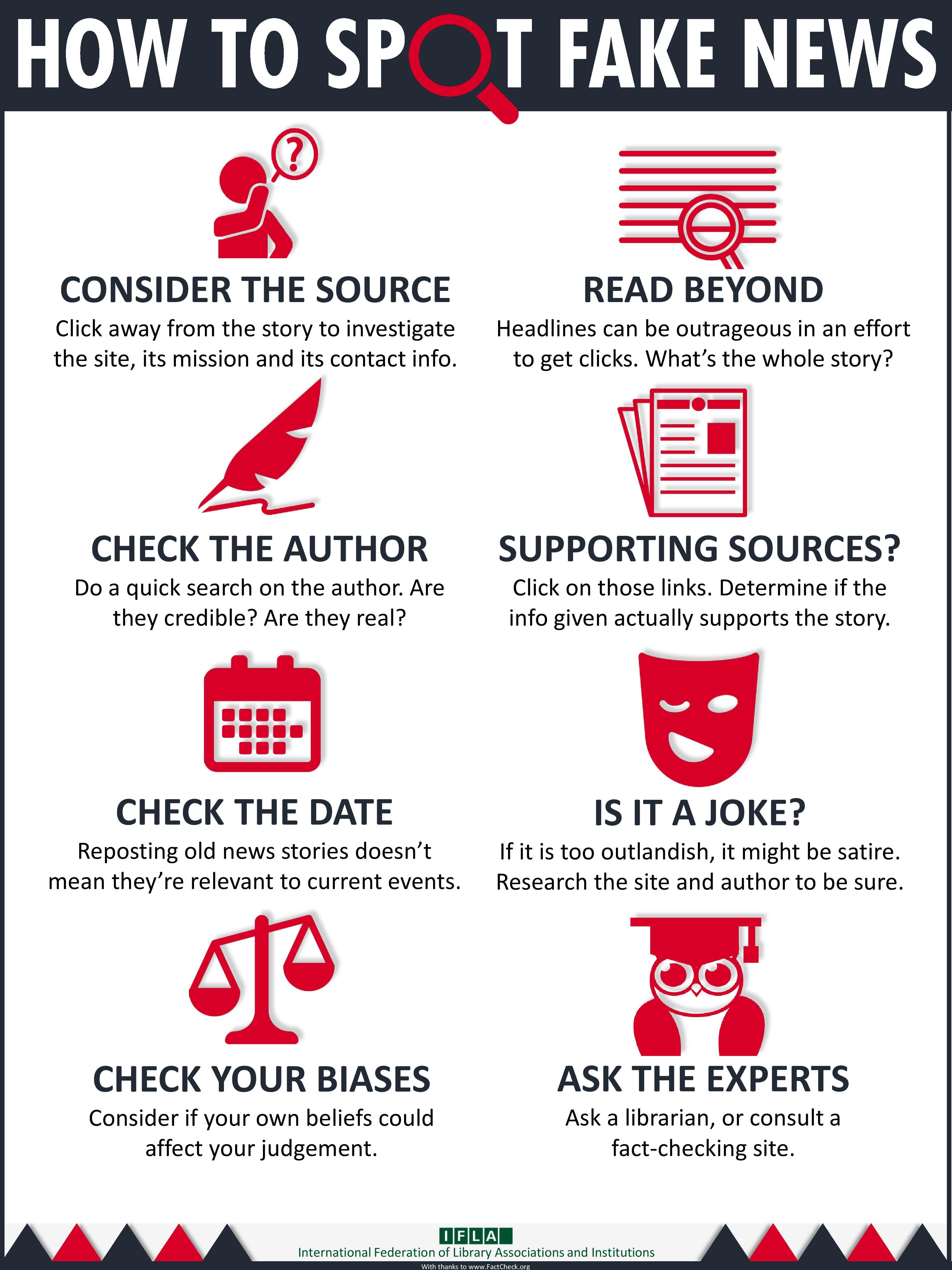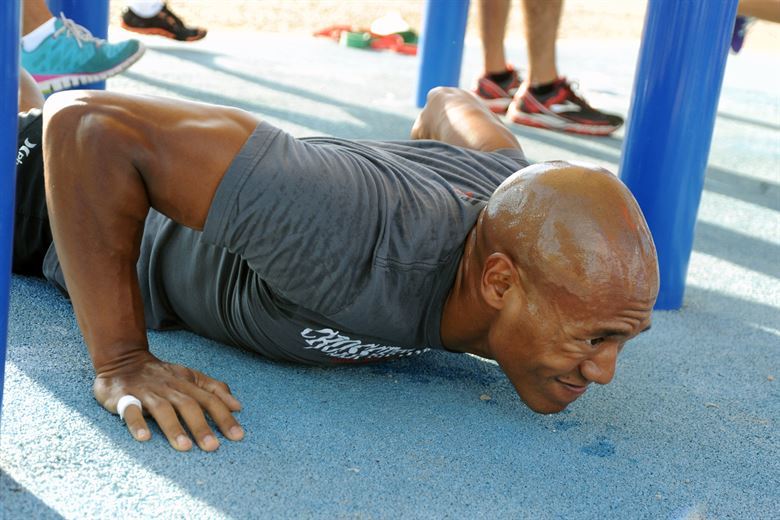Arguably the biggest question in the health and fitness industry today – What’s the best way to lose weight? | The Ultimate Guide to Weight Training for Weight Loss | is here to give a comprehensive breakdown of how lifting weights is the best form of training to achieve any form of a weight-related goal.
Although it’s becoming more popular and people are aware of its benefits, weight training for weight loss is still a grey area for most people.
Consisting of lighter weights to tone up (a topic that will be covered in great detail in this guide) and circuit-based training, it’s clear that some light has to be shed on this situation.
Let’s get to it.
Don’t have time to read the whole article right now?
No prob. Let me send you a copy so you can read it when it’s convenient for you.
Just let me know where to send it (takes 5 seconds):
Note - you'll also receive our exclusive weekly newsletter to help you on your Journey to Strong, once you've received your guide!
Don't worry, there's no spam and you're free to unsubscribe at any time.
Set the Scene
You’ve just completed one of the best training sessions you’ve ever had.
Dripping in sweat, proud of your achievements and your work ethic – it’s gut check time –
The Scales – Weigh In.
Shoes are off, towelling the sweat from your brow with a beaming smile on your face – you plant your foot and step on.
The numbers are swapping, changing – the scales are desperately trying to give you a solid number. And finally, it ceases.
Your smile turns to a disappointed frown. The sweat on your neck goes cold and all of a sudden your stomach drops.
It’s gone up.
How is it that possible?
Unfortunately, this situation is all too common in the gym setting and a sight I see at least 2-3 times per day.

Chapter One – Obesity Epidemic
WHAT?
Learn the topic.
In today’s world, we know one thing – We’re obsessed with weight.
Whether it’s the inordinately overweight population group who are portrayed as greedy and gluttonous, to the incredibly thin individual who struggles to put on weight no matter how hard they try – either scenario is vindicated and often shown to be a problem.
And there are two primary issues:
Negative Connotations and a Lack of Information
As a species, we’re designed to make judgement.
No matter what we tell ourselves, it’s a natural reaction to cast forth our assessment of someone or something, based on the initial impression. It’s the thing that kept us alive when we were faced with circumstances and possessed little to no information.
Combine natural intuition of judgement, to the incredibly misinformed education we’re given on weight management, nutrition and health – we’re mixing a cocktail of negative connotations that will rapidly affect our mental health and how we view each other.
Saying to someone – “you’re fat”. Is considered an insult. But why?
Scientifically it simply isn’t. It’s an objective measurement of someone’s physical health and status. That’s it.
If someone came to you and said, “You have high blood pressure”, you can bet that you wouldn’t be half as offended. You certainly wouldn’t feel like backhanding the person and protecting your dignity.
And yet, with weight…?

This negative view we have on body weight as opposed to simply viewing it for what it is, is one of the causes behind people’s negative association with exercise.
When I ask overweight individuale about why they aren’t performing weight training for weight loss (if they trust me), the typical response usually comes in form of being embarrassed.
It’s heart-breaking to hear – but it’s the truth.
What makes this situation worse, is they usually feel that their time is better spent monotonously going through the motions on the elliptical to no avail, seeing the “calories burned” number clock up. And the joy of accomplishment when “burning 700 kcal on a treadmill” is soon short-lived, when they step on the scales or check their waist measurement to see little to no change.
Obesenigenic Society
It’s old news to hear that Westernised societies are plagued with one epidemic above all – obesity.
In 2017, the majority of adults in England were overweight or obese (64%) – NHS, England.
Let’s not beat around the bush…to put it simply – that’s appalling.
In a world where more information is uploaded to the internet every single day than ever existed 4 decades ago – why is our health worse off?
Body Mass Index
I’m going to grind you to a halt to clear up one fact that you may have heard of before.
Body Mass Index (more commonly known as BMI) is a simple measurement that calculates your “ideal weight” based off your height.
It has been used for decades across several different forms of health care and unfortunately – it’s not that accurate – for some people.
I used to be completely dismissive of the BMI measurement – as it doesn’t differentiate between muscle mass/bone density etc. and body fat. It’s simply a measure of weight.
It doesn’t account for muscle mass, the differences in density of different tissues or measurement ratios (such as hip to waist), all of which shed more light on the situation.
HOWEVER, for the vast majority of the sedentary/inactive population – it at least gives an indicator. So don’t be completely dismissive, but don’t take it as gospel either. As you’ll read in a moment, it’s simply another metric that provides feedback.

A Weight Loss Epidemic
The issue isn’t just an obesity epidemic, but a weight loss epidemic. We choose to focus on the wrong thing, resulting in thousands of people feel like they need to lose weight as soon as they step into a gym, simply because it’s the most common thing to do.
What’s Measured is Managed…
In today’s society – we’re obsessed with numbers and we often value empirical evidence (such as scientific, randomised controlled trial studies) as the gold standard.
It makes sense, the idea is to remove bias that humans often exhibit in accordance with their own beliefs.
Our fixation on the measurable, means that if we can’t physically record our progress, we don’t feel progress at all.
This however leads to one primary issue – what if you don’t understand what the numbers mean?
[thrive_toggles_group”][thrive_toggles title=”Here’s a quick question…What does secondary ion mass spectrometry measure?” no=”1/1″]
Empirical evidence removes bias that humans exhibit to support their own beliefs - it removes guess work and aims to dig to find the definitive answer to a given problem.

It’s 80% Nutrition Bro…Abs are Made in the Kitchen
| The Ultimate Guide to Weight Training for Weight Loss | is largely focused around the training aspect…but I would be remiss to not include a small section on nutrition; or at least where nutrition fits into the equation.
That is actually quite true, but it’s not where the focus should be, especially when you start out.
Nutrition is something that requires a great degree of discipline – more so than training, but it’s also much more chaotic and influenced by more factors – training is the best place to start to build the feeling of self improvement.
Importance of a Calorie Deficit
It’s pretty unanimous that regardless of the form of dieting you choose to take, they all require a calorie deficit in order to bring about weight loss.
A calorie deficit is defined as a systematic, negative imbalance between calorie intake vs. calorie expenditure.
In other words, you burn 1500kcal but only consume 1250kcal. You’re now in a 250kcal deficit.
The most common recommendation comes in the form of a 500kcal a day deficit (as the upper limit) in order to maintain muscle mass. The more significant the deficit, the more extreme the weight loss. Fairly simple really.
However, the negative calorie balance or deficit can be brought about in three different ways:
- Eating at a deficit and doing little to no exercise.
- Eating at maintenance and doing enough exercise to increase your expenditure.
- Eating at a slight deficit and exercising enough to round the deficit to around 500kcal (recommended).
The final option is recommended simply because –
It creates discipline with regards your nutrition. There are far too many people who believe they can out-train a bad diet. You may be able to at first, but eventually, it’ll catch up.
You receive all the benefits of exercise. There are endless more benefits to exercise that stem beyond simply losing weight – you’ll be missing out on them if you don’t train on a regular basis.

Chapter Two – The Science of Weight Training for Weight Loss
Why Are We So Fat? – Evolution
Relative to other primates – we’re inordinately overweight and we readily store fat faster than most mammals.
Evolutionary science suggests this may be explained by our enlarged brains coming at an excessively high metabolic cost, approximately 16 times more than skeletal muscle (8, 12).

In fact, in a recent book, Montmayeur (14) summarised:
“…humans also appear to be distinctive in their developmental changes in body composition. We have higher levels of body fatness than other primate species, and these differences are particularly evident early in life.”
To add to our inherent “fatnes” – Our evolutionary physiology was based off one thing – survival. Meaning not only do we readily store body fat…but our bodies are still unfamiliar with the whole process of having access to food whenever we want.
Your body doesn’t care about wanting you to look good – so much as it cares about keeping you alive. Considering fat is a vital fuel source for the body and brain, particularly in times of starvation…body fat is actually quite important.
Weight Training for Weight Loss
Calorie Expenditure
Now this is the main theoretical support for why weight training for weight loss is so effective – but it might not be in the way you think…
When you perform cardiovascular training, you burn calories within the gym. And although this is a relative oversimplification – you basically stop burning calores, as soon as you stop exercising. In other words, your results are directly related to the time you spend on the treadmill/bike etc.
However, when you perform weight training, the breakdown of muscular tissue and disruption of several other bodily systems, actually results in your metabolism remaining elevated for an extended period of time after you leave the gym (7, 16, 18).
Muscle protein synthesis (abbreviated as MPS) is the biological process in which the body repairs muscle tissue following two primary stimulus:
- Mechanical Overload/Muscle Damage
- Ingestion of the Essential Amino Acid – Leucine.
Both of these factors elevate MPS, resulting in more calories burned throughout the day – the key benefit of weight training for weight loss.
Weight Training for Weight Loss – A Stronger Metabolism
To add to this, one of the biggest contributing factors to your resting metabolism (i.e. how many calories you burn at rest) is the amount of muscle mass (or lean body tissue) you possess (2, 6, 19).
Stronger, leaner, more muscular individuals have consistently been shown to display high resting metabolic rates when compared to weaker, less muscular individuals (15, 22).
It’s simple – strength training literally increases your resting metabolic rate (18).
Preserving Muscle Mass during a Deficit
Research has shown that although the acute calorie expenditure may be lower (when compared to cardiovascular exercise); one of the greatest benefits of weight training for weight loss is the preservation of muscle tissue and lean body mass (1, 10, 21).
The Weight Loss Problem
Unfortunately for most, this is the paradox of losing weight.
They go on a diet and perform large doses of cardiovascular exercise. They believe that starving themselves and performing exercise (the more is better mentality) is the best way to go.
As a result, they undergo significant weight loss over a relatively short time frame. However, this often results in metabolic damage; meaning their metabolism slows to match their new current weight and energy intake/expenditure (13).
Due to a large portion of this weight loss also coming from the loss of muscle mass – There’s no wonder you struggle to shift the last few pounds.
Weight training for weight loss is the answer to maintaining your muscle mass during a calorie deficit.
You've come this far...
if you've ran out of time, no worries - get the article as a full PDF.
Just let me know where to send it (takes 5 seconds):
Note - you'll also receive our exclusive weekly newsletter to help you on your Journey to Strong, once you've received your guide!
Don't worry, there's no spam and you're free to unsubscribe at any time.
Chapter Three – Programming Weight Training for Weight Loss
Weight Training for Weight Loss is rife with one thing – choices.
And unfortunately, we often gravitate towards the wrong ones. It’s much easier to jump on a treadmill and assume that whilst watching the calorie count clock up; we’re walking the weight off one step at a time.
However, as mentioned above, weight training for weight loss provides you with a plethora of benefits that until now, you may have simply been unaware of.
So how do we do it?
It's much easier to gravitate towards the exercises we're comfortable doing - Even if it's not the most safe, effective or ideal.
Myths and Misconceptions
As is the case with all facets of fitness – weight training for weight loss is swarmed with so many myths, so many opinions and so much fake news that there’s no wonder most people don’t use it as a means of losing weight – despite how effective it may be.

Here are two of the main ones:
1. Lighter Weights for High Reps
Is this actually true?
Many people believe that if you want to “tone” or “get definition”, that performing high repetitions with a much lighter weight is the way to go. Although there are several benefits of high rep training, simply doing high rep, light weight workouts is a very one-dimensional approach to the weight loss problem.
In fact, the research is relatively undecided and surprisingly…there’s little evidence in this area. Research by Campos (3) found no significant differences between 3 groups (high-rep, moderate-rep, low-rep) in respect to body fat changes.
So there’s no difference between high rep/light weight and low rep/heavy weight?
Well, unfortunately it’s not as simple as that…the table below shows a summary of the benefits of each:
High Rep - Light Load Training | Moderate Rep - Moderate Load Training | Low Rep - High Load Traning |
|---|---|---|
More acute calorie expenditure | Greatest disruption to muscle protein synthesis | Highest Motor Unit Recruitment |
Higher metabolic response | Potentially greater muscle building response | Greatest endocrine (hormonal) disruption |
As you will read below, different repetition ranges provide different benefits when using weight training for weight loss – it’s important to use all 3 if you’re truly going to maximise your potential.
2. Can you Lose Fat and Build Muscle At the Same Time?
Yes. You actually can.
Contrary to what people believe (that muscle mass can only be built in a caloric surplus), weight training for weight loss can also give you the benefit of an increased muscle mass.
The main distinction to be able to get this result is context:
- Are you a beginner? For the beginners to strength training, the mechanical stimulus is so novel, so new to the body, that there’s actually quite a bit of research showing significant increases in muscle mass whilst also significantly decreasing the amount of body fat being stored (5, 11, 20).
- Body Recomposition. A strict diet and structured, personalised and intense training plan, emphasising the benefits of nutrient timing and other important factors can also bring about positive changes in both muscle mass and body fat reduction (4, 9, 17).
It’s simple. The more training experience you have, the more carefully you have to monitor everything to achieve body recomposition – but it’s still definitely plausible.
Two Sides of the Same Coin
Now, for some people – building muscle mass is an awesome goal that they have set for themselves.
For others however, they may not want to build muscle.
Both are absolutely fine – it simply means that the training and nutritional variables will differ.

Programming Weight Training for Weight Loss
So, how do we program weight training for weight loss effectively?
More Muscle = Better
By and large, we want two things from weight training for weight loss:
- The most amount of muscle mass recruited to inflict the most muscle damage (of which you are able to recover from)
- Exercises that load muscle and burn a lot of calories.
In other words, we want to focus on utilising compound exercises over isolation, with which we can overload the muscle in a safe and effective manner.

As discussed in | The Ultimate Guide to Strength Training for Beginners | we want to focus on building the 8 Key Movement Archetypes:
- Full Depth Squats
- Hip Hinge
- Horizontal Push
- Horizontal Pull
- Vertical Push
- Vertical Pull
- Lunge/Unilateral Work
- Loaded Carries
Progressively overloading each of these key movements will give you the most bang for your buck, the greatest amount of results in the least time.
Burn More Calories During…
Although we talk about the biggest benefits of weight training for weight loss being post-training, there are methods in which we can increase the calorie expenditure within a given strength session.
1. Timed Rests:
Decreasing the rest time between sets is a great way of ramping up the perceived effort and getting a bit of a sweat on. Be careful though – if you decrease it too much, it may result in your performance dropping due to excess fatigue.
2. Cluster Sets:
Similar to the above point but this time, cluster sets involves small rests within the set, in between the individual reps (e.g. 5-30 seconds). This allows you to handle a heavy weight for more repetitions than you typically could within a given set. It also helps to combat some of the fatiguing side effects of being in a calorie deficit (as mentioned shortly).
3. Super/Giant Sets
Combining exercises one after another in a “circuit training fashion” is a highly effective way of increasing metabolic stress and overall, the number of calories burned within a session.
Now keep in mind – these aren’t inclusive to weight training for weight loss. In other words, you don’t have to perform them in order to lose weight through this type of training. They are simply ways of getting a little more sweaty.
Factoring Fatigue
The key to thing that we need to bear in mind, is that you will be training in a calorie deficit.
A couple of the key issues that tend to be present when in a calorie deficit are:
- Decreased energy availability for lifting.
- Slower progression.
- Immuno-suppression (you’re at a great risk of getting ill – unless you address this by ensuring an appropriate, balanced diet).
Each of these factors will influence how we plan on programming weight training for weight loss in the most effective manner.

Combining it Altogether
So we want the following:
Compound exercises, that cause a large amount of calorie expenditure and muscular damage, whilst accounting for fatigue.
In other words: the total training volume needs to be relatively high (particularly when compared to | The Ultimate Guide to Strength Training for Runners |.
If training volume = Sets x Reps x Load – we need to decrease the reps slightly to a moderate (6-12 reps), increase the number of sets (4-6 sets) and keep the weight at moderate difficulty with a slow and steady progression.
Example Weight Training for Weight Loss Session
Exercise | Sets | Reps | Load | Rest Interval |
|---|---|---|---|---|
Back Squat super set with DB Clean and Press | 4 | 6 + 12 | RPE 7 | 1 min |
Giant Set: Farmers Walks, Weighted Lunges and Inverted Rows | 3 | 30 secs + 5 each side + 8 | RPE 8 | 1 min 30 secs |
Conventional Deadlift + Goblet Carries | 3 | 5 + 30 secs | RPE 7 | 2 mins |
If you’re unfamiliar with RPE – Head here to read more
Precautions!
We have to stress one primary thing when performing weight training for weight loss – technique quality is far more important than smashing out reps one after the other.
Take your time and learn each of the 8 motor patterns, become efficient in their execution and then ramp up the intensity.
Reference List
- Ballor, D. L., Katch, V. L., Becque, M. D., & Marks, C. R. (1988). Resistance weight training during caloric restriction enhances lean body weight maintenance. The American journal of clinical nutrition, 47(1), 19-25
- Bitar, A., Fellmann, N., Vernet, J., Coudert, J., & Vermorel, M. (1999). Variations and determinants of energy expenditure as measured by whole-body indirect calorimetry during puberty and adolescence. The American journal of clinical nutrition, 69(6), 1209-1216
- Campos, G. E., Luecke, T. J., Wendeln, H. K., Toma, K., Hagerman, F. C., Murray, T. F., … & Staron, R. S. (2002). Muscular adaptations in response to three different resistance-training regimens: specificity of repetition maximum training zones. European journal of applied physiology, 88(1-2), 50-60
- Crewther, B. T., Heke, T. O. L., & Keogh, J. W. (2016). The effects of two equal-volume training protocols upon strength, body composition and salivary hormones in male rugby union players. Biology of sport, 33(2), 111
- Demling, R. H., & DeSanti, L. (2000). Effect of a hypocaloric diet, increased protein intake and resistance training on lean mass gains and fat mass loss in overweight police officers. Annals of Nutrition and Metabolism, 44(1), 21-29
- Dériaz, O., Fournier, G., Tremblay, A., Després, J. P., & Bouchard, C. (1992). Lean-body-mass composition and resting energy expenditure before and after long-term overfeeding. The American journal of clinical nutrition, 56(5), 840-847
- Dolezal, B. A., Potteiger, J. A., Jacobsen, D. J., & Benedict, S. H. (1998). Muscle damage and resting metabolic rate after acute resistance exercise with an eccentric overload(Doctoral dissertation, University of Kansas, Health, Sport, and Exercise Sciences)
- Holliday MA. Body composition and energy needs during growth. In: Falkner F, Tanner JM, editors. Human Growth: A Comprehensive Treatise.2nd edn. Vol. 2. New York: Plenum Press; 1986. pp. 101–117.
- Hulmi, J. J., Isola, V., Suonpää, M., Järvinen, N. J., Kokkonen, M., Wennerström, A., … & Häkkinen, K. (2017). The effects of intensive weight reduction on body composition and serum hormones in female fitness competitors. Frontiers in physiology, 7, 689
- Hunter, G. R., Byrne, N. M., Sirikul, B., Fernández, J. R., Zuckerman, P. A., Darnell, B. E., & Gower, B. A. (2008). Resistance training conserves fat‐free mass and resting energy expenditure following weight loss. Obesity, 16(5), 1045-1051
- Iglay, H. B., Thyfault, J. P., Apolzan, J. W., & Campbell, W. W. (2007). Resistance training and dietary protein: effects on glucose tolerance and contents of skeletal muscle insulin signaling proteins in older persons. The American journal of clinical nutrition, 85(4), 1005-1013.
- Kety SS. The general metabolism of the brain in vivo. In: Richter D, editor. Metabolism of the Central Nervous System.New York: Pergamon; 1957. pp. 221–237.
- Molé, P. A. (1990). Impact of energy intake and exercise on resting metabolic rate. Sports Medicine, 10(2), 72-87.
- Montmayeur, J. P., & Le Coutre, J. (2009). Fat detection: Taste, texture, and post ingestive effects. CRC Press.
- Nelson, K. M., Weinsier, R. L., Long, C. L., & Schutz, Y. (1992). Prediction of resting energy expenditure from fat-free mass and fat mass. The American journal of clinical nutrition, 56(5), 848-856
- Osterberg, K. L., & Melby, C. L. (2000). Effect of acute resistance exercise on postexercise oxygen consumption and resting metabolic rate in young women. International journal of sport nutrition and exercise metabolism, 10(1), 71-81.
- Paoli, A., Grimaldi, K., D’Agostino, D., Cenci, L., Moro, T., Bianco, A., & Palma, A. (2012). Ketogenic diet does not affect strength performance in elite artistic gymnasts. Journal of the International Society of Sports Nutrition, 9(1), 34.
- Pratley, R., Nicklas, B., Rubin, M., Miller, J., Smith, A., Smith, M., … & Goldberg, A. (1994). Strength training increases resting metabolic rate and norepinephrine levels in healthy 50-to 65-yr-old men. Journal of Applied Physiology, 76(1), 133-137
- Sparti, A., DeLany, J. P., Jacques, A., Sander, G. E., & Bray, G. A. (1997). Relationship between resting metabolic rate and the composition of the fat-free mass. Metabolism, 46(10), 1225-1230
- Treuth, M. S., Ryan, A. S., Pratley, R. E., Rubin, M. A., Miller, J. P., Nicklas, B. J., … & Hurley, B. F. (1994). Effects of strength training on total and regional body composition in older men. Journal of Applied Physiology, 77(2), 614-620
- Walberg, J. L. (1989). Aerobic exercise and resistance weight-training during weight reduction. Sports Medicine, 7(6), 343-356
- Weinsier, R. L., Schutz, Y., & Bracco, D. (1992). Reexamination of the relationship of resting metabolic rate to fat-free mass and to the metabolically active components of fat-free mass in humans. The American journal of clinical nutrition, 55(4), 790-794





